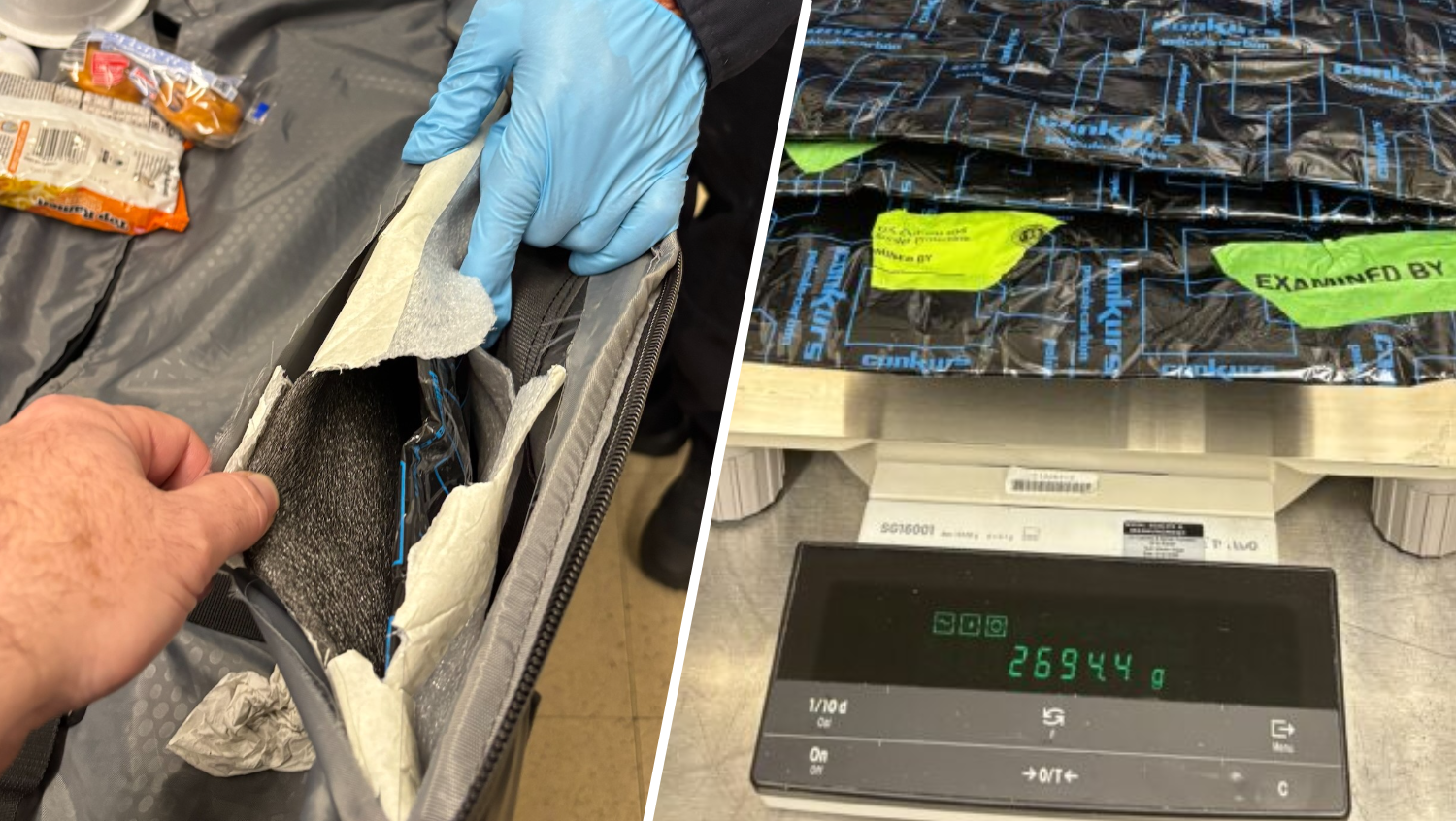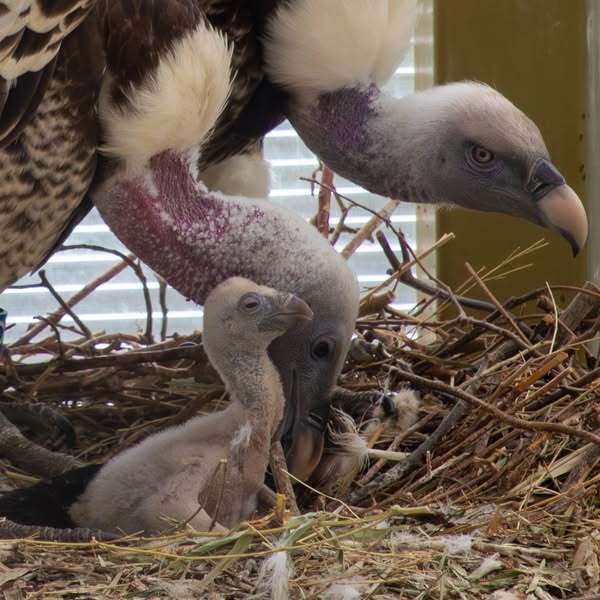November 2023 will mark 60 years since the assassination of John F. Kennedy. A former Dallas Times Herald reporter who covered those dark days shares his reflections in a new book. NBC 5’s Katy Blakey has more.
Darwin Payne was just a few months into his job at the Dallas Times Herald when he covered the biggest story of his career.
He was in the newsroom on November 22, 1963, writing a sidebar story on the Kennedys' visit when news came of shots fired at the Presidential motorcade as it wound through downtown Dallas.
Watch NBC 5 free wherever you are
Payne raced the few blocks to Dealey Plaza and began interviewing shocked witnesses.
He found himself among the first to interview Abraham Zapruder, who captured the assassination on film.
Get top local stories in DFW delivered to you every morning with NBC DFW's News Headlines newsletter.
They spent 45 minutes together inside Zapruder’s downtown office, where together they watched the initial TV news updates reporting the president had been wounded.
“Zapruder came in tearful, a man maybe 60 years of age, and he said, ‘No. I know he’s dead. I saw it happen. I was right there. I saw his head explode like a firecracker, and I wrote it down in my notepad,” recalled Payne.
After leaving Zapruder’s office, Payne walked across the street and was among the first reporters led by Dallas detectives to the sixth floor of the Texas School Book Depository, where the fatal shots were fired.
Local
The latest news from around North Texas.
He made sure to note the placement of boxes around the corner window and the shells of the three bullets.
“We were able to look out the window ourselves to see what kind of view he had, and I remember it didn’t look like all that tough of shot as you looked out. It wasn’t that far away,” Payne said.
As Payne focused on the crime scene across town, police were arresting alleged assassin Lee Harvey Oswald after he shot and killed Officer J.D. Tippit.
Payne then spent the weekend interviewing people at Oswald’s Oak Cliff rooming house and covered Oswald’s custody inside the Dallas Police Department before he was shot and killed by nightclub owner Jack Ruby.
Sixty years later, Payne still holds on to his reporter notebooks from those days.
“I recorded everything I could. Knowing, realizing that this would be the biggest story I ever covered and the others felt the same way. Consequently, we had things to do. We didn’t have time to sit around and worry and lament the situation. We wanted to get information about it so I think that helped us control ourselves during the entire coverage,” Payne said.
He shares it all in his new book “Behind the Scenes: Covering the JFK Assassination.”
Dismayed by conspiracy theories, Payne hopes it will help people better understand what happened from someone who reported on it as it unfolded.
“We fall in the habit of yearly celebrations of the anniversary like the 50th and 60th, and I think that era should end,” Payne said. “I think it should be quieter. I think it should be sufficient to alert people to the real facts behind the assassination.”
Payne will give a lecture and book signing at SMU on November 16. The event is free, but registration is required.



